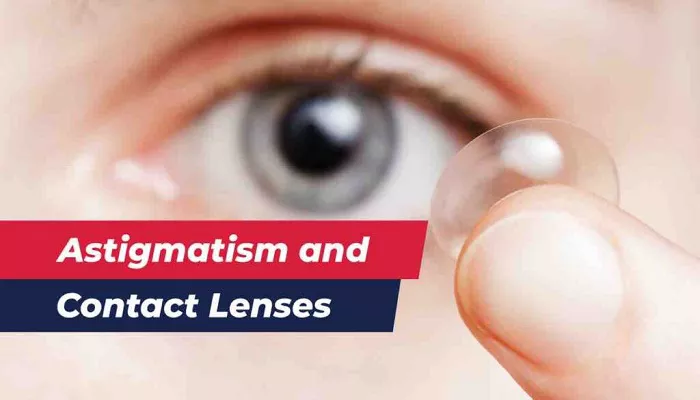Finding the best contact lenses for bifocal with astigmatism can feel like solving a complex puzzle. You need correction for both near and far vision (bifocal) while also addressing your irregular corneal shape (astigmatism). This comprehensive guide will walk you through the latest options, helping you achieve crisp, comfortable vision at all distances.
What Makes These Lenses Special?
These specialized contact lenses combine three crucial vision corrections:
- Distance vision correction
- Near vision reading correction
- Astigmatism correction (toric design)
Who Needs These Lenses?
You might benefit from bifocal toric lenses if you:
- Have presbyopia (age-related near vision loss)
- Experience astigmatism (blurred vision from irregular cornea)
- Want to avoid switching between glasses
Top 5 Contact Lenses for Bifocal with Astigmatism in 2025
1. Acuvue Oasys for Presbyopia with Astigmatism
These silicone hydrogel lenses offer:
- Stable vision with Accelerated Stabilization Design
- UV protection
- Up to 2 weeks of comfortable wear
2. Biofinity Toric Multifocal
A great choice for:
- Month-long continuous wear
- High oxygen permeability
- Smooth transitions between vision zones
3. Air Optix Aqua Multifocal for Astigmatism
Features include:
- SmartShield Technology for moisture retention
- Precision Profile Design for stable vision
- Comfortable 30-day wear schedule
4. PureVision2 for Presbyopia with Astigmatism
Notable benefits:
- Advanced aspheric design for clear vision
- High-Dk material for oxygen flow
- Easy handling with distinct markings
5. Dailies Total1 Multifocal for Astigmatism
Daily disposable advantages:
- No cleaning required
- Water gradient technology for comfort
- Fresh lenses every day
Key Features to Consider When Choosing Lenses
1. Lens Material and Oxygen Permeability
Silicone hydrogel lenses allow more oxygen to reach your corneas, reducing dryness and irritation.
2. Wear Schedule Options
Choose between daily disposables, bi-weekly, or monthly lenses based on your lifestyle and budget.
3. Stabilization Technology
Look for lenses with advanced stabilization features to maintain proper orientation for astigmatism correction.
4. Moisture Retention
Technologies like HydraGlyde or SmartShield help keep lenses moist throughout the day.
How to Get Fitted for Bifocal Toric Contacts
1. Comprehensive Eye Exam
Your eye doctor will measure:
- Your exact astigmatism correction (cylinder and axis)
- Pupil size and corneal curvature
- Add power for reading correction
2. Trial Lenses
Most optometrists provide trial lenses to test comfort and vision quality before finalizing your prescription.
3. Follow-Up Visits
Plan for follow-up appointments to fine-tune your prescription and address any comfort issues.
Common Challenges and Solutions
1. Adaptation Period
It may take 1-2 weeks to adjust to multifocal vision. Be patient as your brain learns to interpret the new visual input.
2. Night Vision Issues
Some users report halos at night. This often improves with time or slight prescription adjustments.
3. Dry Eye Concerns
Use preservative-free rewetting drops and consider lenses with enhanced moisture technology.
Maintenance and Care Tips
1. Proper Cleaning Routine
For reusable lenses:
- Rub and rinse with recommended solution
- Replace storage case every 3 months
- Never use tap water
2. Replacement Schedule
Strictly follow your eye doctor’s recommended replacement schedule to prevent complications.
3. When to Replace Your Solution
Always use fresh solution – never “top off” old solution in your case.
Alternative Options to Consider
1. Monovision Approach
One eye corrected for distance, one for near vision. Some adapt well to this simpler solution.
2. Hybrid Lenses
Rigid center with soft skirt combines crisp vision with comfort.
3. Scleral Lenses
For severe astigmatism, these large lenses vault over the irregular cornea.
Conclusion
The best contact lenses for bifocal with astigmatism can dramatically improve your quality of life by providing clear vision at all distances without the need for glasses. With today’s advanced lens technologies and proper professional fitting, most people can achieve excellent results. Schedule a consultation with your eye care provider to explore which option works best for your unique visual needs.
Related topics:


